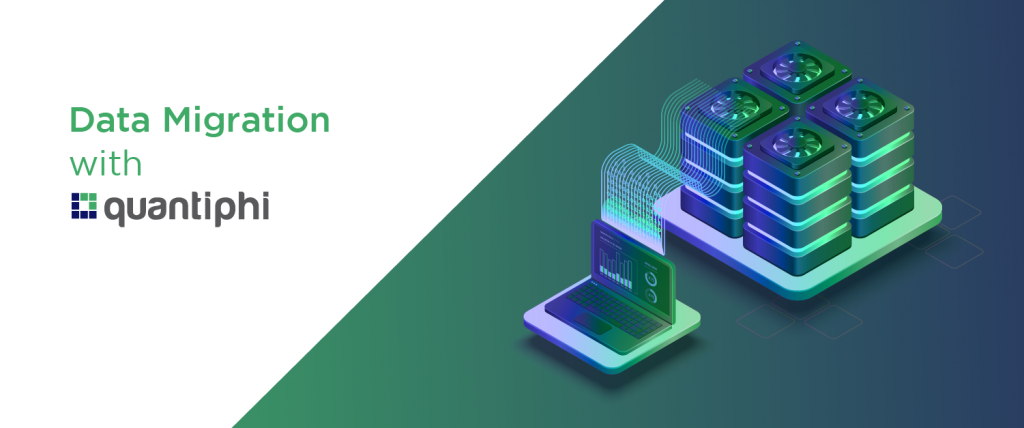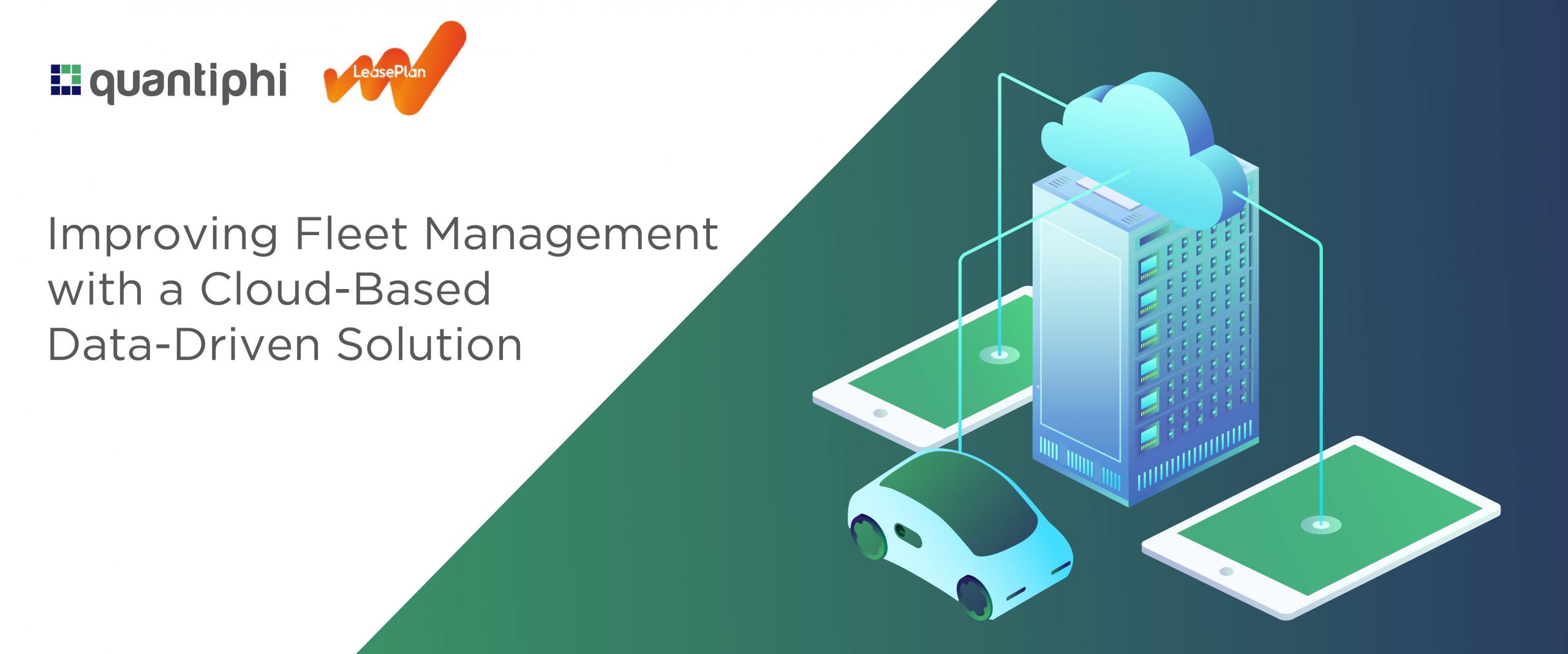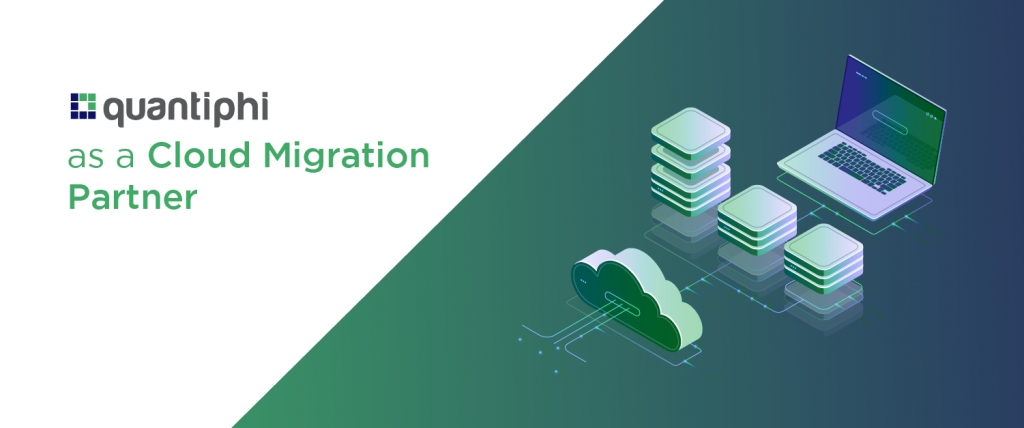In the current competitive world, an enterprise’s biggest asset is its data. The success and affluence of the organization is directly linked with the way its data is utilized in planning, strategizing, and optimizing processes.
According to technical experts, data has changed tremendously in the last few years – in terms of nature, quality and quantity. Mckinsey’s 2016 Analytics report states that in 1986, the world’s cumulative data amounted to 3 exabytes (1 exabyte = 1018 bytes), but by 2011, this figure was up to 300 exabytes. The report further states that this trend has continued, and even accelerated – with data volume growing 2x every three years.
When facing these figures, it’s important to note that legacy systems are increasingly becoming inefficient to cope with the sheer amount and diversity of the data. The McKinsey report analyses change in computational power, and states that the fastest supercomputer of 2016 had 40 times more processing power than that of 2010. With this overwhelming change, enterprises must migrate to modern day data processing systems lest they be left behind in this data driven economy.
Data Migration, to put in simple terms, is the process of transferring data from one location, application or computing system to another new and improved system or location. It effectively selects, prepares and transforms data to permanently transfer it from one system storage to another. By facilitating the transfer of data from legacy systems to modern day solutions, data migration ensures that an enterprise enhances its performance and competitiveness.
Why Migrate?
At Quantiphi, we see data as the lifeblood of a business and the key to success and work towards making that data more interpretable and insightful Every company needs to be organised about its data and have a clear strategy in place to ensure that the data is leveraged efficiently to the benefit of the organisation and its customers. It is not enough that the data is organised – in today’s global marketplace, it is of paramount importance that there be adequate data protection measures set in place, with special focus on embedding data privacy strategies in every process.
Part of leveraging data to the benefit of the organisation and its stakeholders, is ensuring data quality. Data may be defined as being of ‘high quality’ if it is fit for its intended purpose, and if it accurately reflects the real world construct to which it refers. Another important aspect of data is its representation. With terabytes of data on hand, companies must find a way to accurately and succinctly report the information which they wish to convey. As with everything else, Business Intelligence (BI) tools – which help in the visualisation and analysis of data – are changing at lightning speed. In addition to managing data, companies must be adept at representing data in accordance to the rapid pace of change in reporting metrics.
Data Migration to cloud is the one stop solution to strategizing, maintaining high quality data, protecting it, making it available at a large scale and performing analytics to generate insights. –
Along with fulfilling the need to accommodate high data volume, data migration to cloud allows companies to make the most out of the information at hand. With the latest Business Intelligence tools, companies can visualise, represent and analyse data in a way that will shorten time-to-value and maximise their operational benefits. Other advantages include the reduction in power consumption and space, and the consequent reduction in operational and infrastructure costs.
Why AWS Cloud?
A good data management solution offers connectivity to a wide range of heterogeneous sources, ETL, and data quality features to restructure data for targeted delivery and ensures that the enterprises can execute complex migration projects and get maximum value from the migrated data.
AWS cloud platform provides a complete tech stack that can be leveraged for a successful data migration journey. Executing a data migration project involves extracting data from the desired source, identifying quality issues and errors through profiling, and transforming it to follow the destination schema. AWS recognises the importance of the level of connectivity in a data migration project and has various service offerings to address hybrid cloud storage, online data transfer and offline data transfer needs. AWS also offers services for managing ETL processes like – which is used to process and transform data further for analytics.
Quantiphi being a Partner for AWS with the Data & Analytics Competency, uses the AWS Technology Stack extensively for its Data Migration workloads.
How can Quantiphi help you?
Quantiphi recognises the importance and sensitivity of data migration, and addresses each firm’s unique needs with customized big data solutions.
Our solution to your data migration needs is four fold:
- Data Discovery: In this phase we understand the data and the corresponding data processes which need to be migrated so we can optimise the migration process and the downstream applications.
- Schema Conversion: In this phase, heterogeneous database migrations are made possible by converting the source database schema as well as a majority of the database code, objects, views, stored procedures and functions to a format that is compatible with the target database. Quantiphi leverages the AWS Schema Conversion tool along with our custom schema conversion solutions for schema conversion.
- Migration: In this phase actual heavy lifting is carried out i.e extracting the data from source database and copying it to AWS environment.
We have leveraged multiple solutions as per client requirements and choices, including AWS Schema Data Extractor,Confluent Kafka and even AWS ISV platform like InfoWorks. Once the data is loaded to the AWS environment we have leveraged additional tools like AWS Glue, Redshift utilities and AWS EMR to load the data into the Redshift cluster or built Redshift Spectrum based on data uploaded on S3. - Optimization: In this phase we optimise the performance of downstream applications by fine tuning the performance of Redshift cluster using compression or building materialised view for any BI application etc.
Along with these solutions, Quantiphi routinely delivers Data Management and Storage solutions for clients. A typical Quantiphi Data Management and Storage life-cycle is comprised of the following steps:
- Sourcing: Data is extracted from the client’s data source. Typical data sources that Quantiphi has worked with include Oracle, Netezza, Hadoop, Windows Servers, flat files and other data sources.
- Management: The management life cycle consists of Discovery & Migration, Accelerated Ingestion, and Data Storage. Along with performing these services, Quantiphi ensures client data security and governance.
- Discovery & Migration: Quantiphi uses tools such as Auto Schema Converter, Auto Migration Agent, Migration check, as well as Data WareHouse Discovery Agents and Personally Identifiable Information Data Managers.
- Accelerated Ingestion: This step makes use of Query Converter, Auto Ingestion Agent, CDC Templates, and Data Quality Scorecard Generator.
- Data Storage: Post ingestion, Quantiphi offers highly scalable data storage along with processing for raw, structured and unstructured data types.
- Consumption: Quantiphi uses Business Intelligence (BI) services such as Amazon Quicksight, Power BI and Tableau to draw insights from the data.
Quantiphi’s solution accelerator in Data Migration
Recognising the barriers that exist in the migration process, and to make the transition seamless and efficient, Quantiphi has developed ‘Qinetic’ – a solution accelerator for Data Migration that reduces the migration life cycle by 30-50%
Qinetic manages data across various legacy & cloud sources & enables end-to-end modernization of workloads on the AWS Cloud Platform. With solution accelerators integrated at every step of the Data Migration journey (Discovery, Migration, Ingestion, Governance and Consumption), Qinetic is better (enhanced security, fully managed User Interface, multiple source formats supported), faster (upto 50% reduction in development time) and cheaper, due to reduction in resource costs.
Data Warehouse Modernization Journey With Quantiphi
Your data warehouse modernisation journey with Quantiphi will take place in four stages with each stage having its own objectives and deliverables.
- Stage 0: This is the first stage of your engagement journey. In this stage, the workload is identified and a basic cloud solution design is provided. In the end, the data is replicated to a centralised data warehouse on RedShift, and required dashboards are validated using Quicksight.
- Stage 1: Once Stage 0 is completed, more workloads are identified and data from one of the data warehouses is lifted, shifted and optimised on AWS platform. Downstream applications on Redshift are also enabled.
- Stage 2: This stage is the up-scaling and Data Warehouse modernization stage. The data model is modernised and other peripheral data services such as data marking, data catalog, and consumption strategies are enabled. The enterprise’s current data warehouse is decommissioned.
- Stage 3: The last stage in your data migration journey with Quantiphi will consist of any other services (BI,AI/ML, Dashboarding and Analytics) that you require as well as ongoing support and continuing optimisation of the existing integrations.
With AWS cloud services, Quantiphi has been able to build an efficient, scalable and personalised solution approach to data migration, which allows organisations to understand and utilise their data to its maximum potential.







